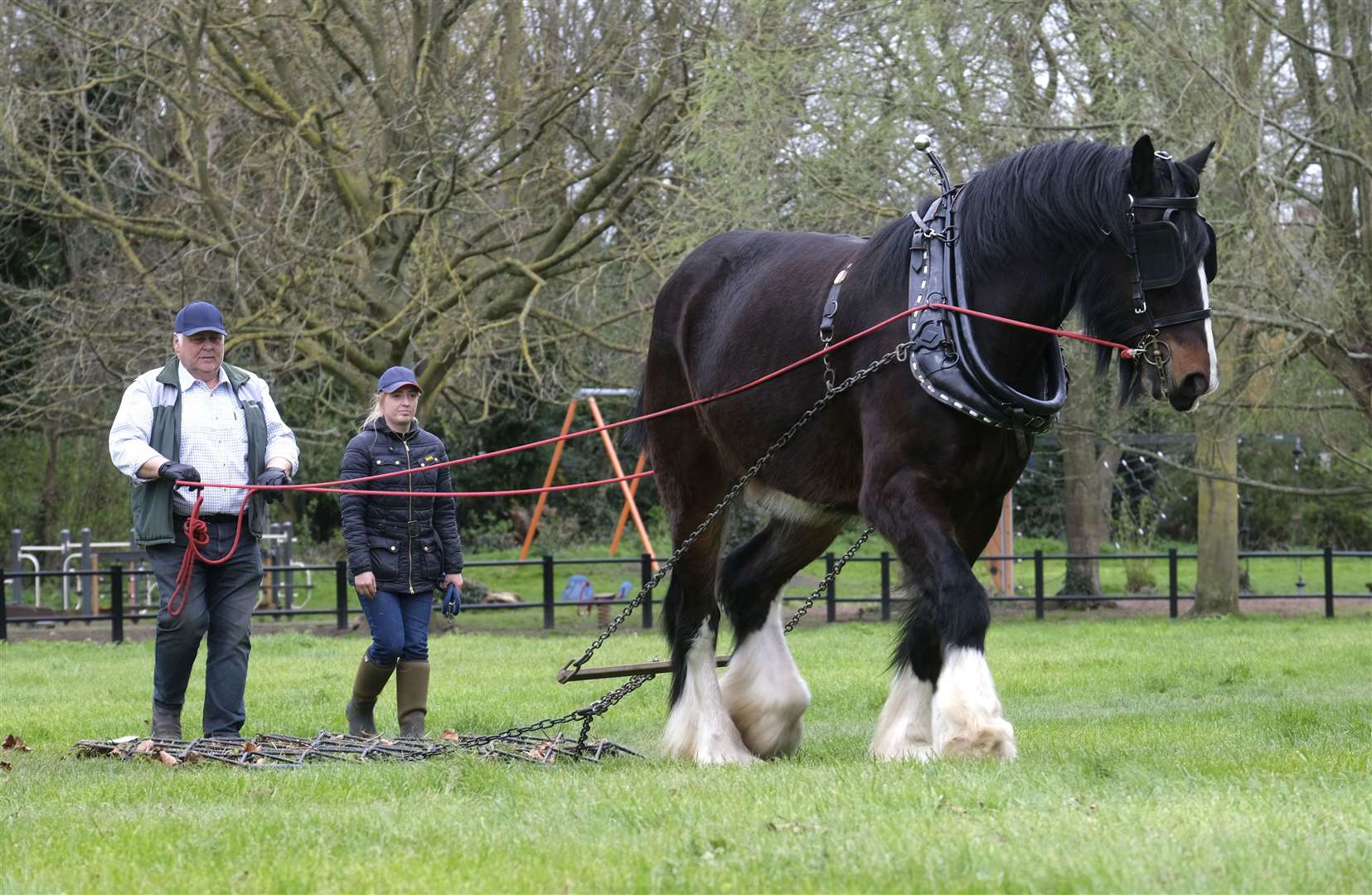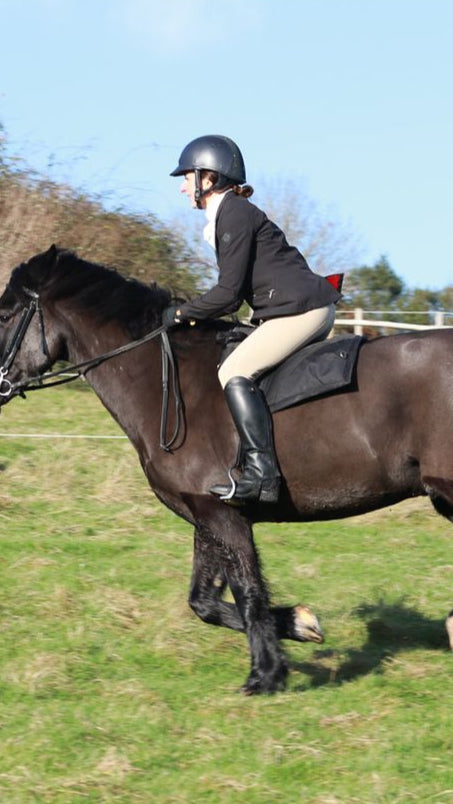As an equestrian enthusiast, it is natural to be concerned about the well-being of your horse, especially after a trim. One of the common questions that arise is, ‘How long should a horse be sore after a trim?’ Understanding the normal duration and the possible reasons for soreness helps ensure that your horse remains healthy and comfortable.
In this article, we will provide a comprehensive guide that covers everything you need to know about post-trim soreness in horses. We will delve into the factors that influence recovery time, how to recognize abnormal levels of soreness, and the best practices to mitigate discomfort.

Understanding the Trimming Process
What is Hoof Trimming?
Hoof trimming is a crucial part of horse care that involves the periodic maintenance of a horse’s hooves. Proper trimming ensures the hooves’ correct shape and condition, which is essential for the horse’s overall health and well-being.
Why is Trimming Necessary?
Regular hoof trimming helps prevent hoof-related issues such as overgrowth, splitting, and infections. It also ensures that the horse maintains a balanced gait, reducing the risk of injuries.

Factors Influencing Soreness After a Trim
1. Hoof Condition
The condition of the horse’s hooves before the trim significantly impacts how sore they might feel afterward. Healthy, well-maintained hooves generally recover faster.
2. Experience of the Farrier
An experienced and skilled farrier can perform trims more precisely, minimising the chances of excessive soreness. Ensuring that a qualified professional handles the trimming process is crucial.
3. Trimming Frequency
Regular trimming sessions are less likely to cause severe soreness compared to infrequent sessions where substantial hoof material needs to be removed.

Normal Duration of Soreness
Immediate Aftermath
It’s common for horses to experience mild soreness immediately after a trim. This soreness typically lasts for one to three days.
Short-Term Recovery
If the soreness persists for more than three days but less than a week, it is usually still within the normal range. However, keeping a watchful eye on the horse during this period is essential to ensure no other issues arise.
When to Be Concerned
If your horse shows signs of soreness for more than a week, it may indicate a problem that requires professional attention. Prolonged soreness is often a sign of issues such as improper trimming, underlying hoof conditions, or infections.

Tips to Alleviate Post-Trim Soreness
1. Providing Rest
Allow your horse some rest time in a comfortable environment to recover from the soreness. Limiting intense physical activity can help speed up the healing process.
2. Using Poultices and Wraps
Applying soothing poultices and wraps can help reduce inflammation and provide relief. Consult with your farrier or veterinarian for recommendations on the best products to use.
3. Monitoring for Signs of Improvement
Monitoring your horse closely during the recovery period is vital. Look for signs of improvement, such as reduced limping or willingness to move more freely.
Preventing Excessive Soreness
1. Regular Trimming
Maintaining a regular trimming schedule helps prevent excessive hoof growth and reduces the risk of severe soreness after each session.
2. Balanced Diet
Ensure that your horse has a well-balanced diet rich in essential nutrients that promote healthy hoof growth and strength. [Benefits of a Balanced Diet](https://www.countryliving.com/food-drinks/g936/skillet-recipes-0310/)
3. Proper Hoof Care Routine
Implement a consistent hoof care routine, including regular cleaning and inspection to detect and address any issues early on.
Common Misconceptions About Post-Trim Soreness
1. It’s Always the Farrier’s Fault
While the farrier’s technique is crucial, other factors such as the horse’s hoof condition and overall health also influence post-trim soreness.
2. Soreness Indicates Poor Trimming
Mild soreness is a normal response to trimming and does not necessarily indicate poor trimming. It’s essential to differentiate between normal discomfort and signs of improper hoof care.
3. All Horses React the Same Way
Each horse is unique, and their reaction to trimming can vary based on individual factors such as hoof condition and overall health.
When to Consult a Veterinarian or Farrier
1. Persistent Soreness
If the soreness persists for more than a week, consult your veterinarian or farrier to rule out any underlying issues.
2. Signs of Infection
Look for signs of infection, such as swelling, heat, and discharge from the hoof. Seek immediate veterinary attention if you notice these symptoms.
3. Abnormal Gait
If your horse exhibits an abnormal gait or significant lameness, it is essential to have a professional evaluate the situation to determine the cause.
Frequently Asked Questions (FAQ)
1. How can I tell if my horse is sore after a trim?
Look for signs such as limping, reluctance to move, and sensitivity when pressure is applied to the hooves.
2. Can trimming too frequently cause soreness?
Trimming too frequently can lead to soreness. It is essential to follow a regular schedule that allows for proper hoof growth.
3. Should I change my farrier if my horse is sore after a trim?
Before changing your farrier, consider other factors like your horse’s hoof condition and overall health. If soreness persists, consult with your veterinarian and farrier for a thorough evaluation.
For more tips on managing horse care and equipment, check out Horse Bridle vs Headstall and Bridling Tips.
As an Amazon Associate, I earn from qualifying purchases.